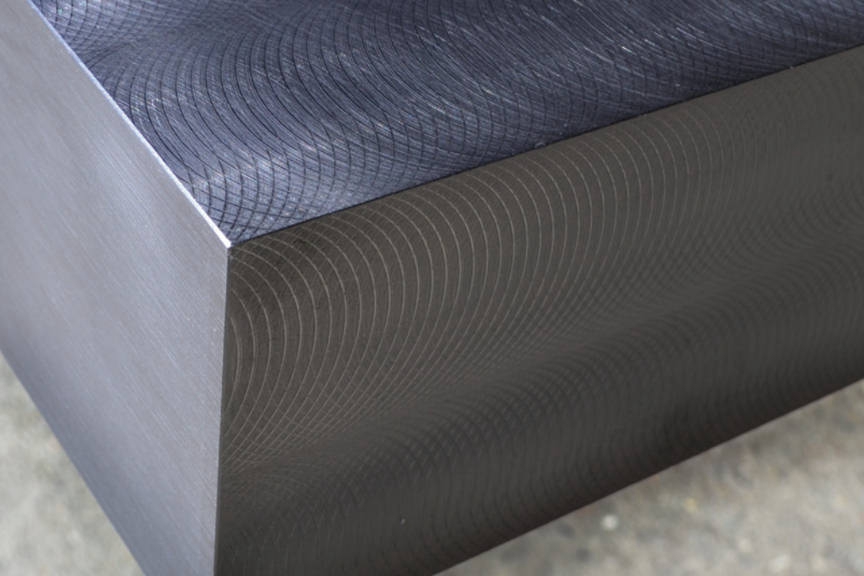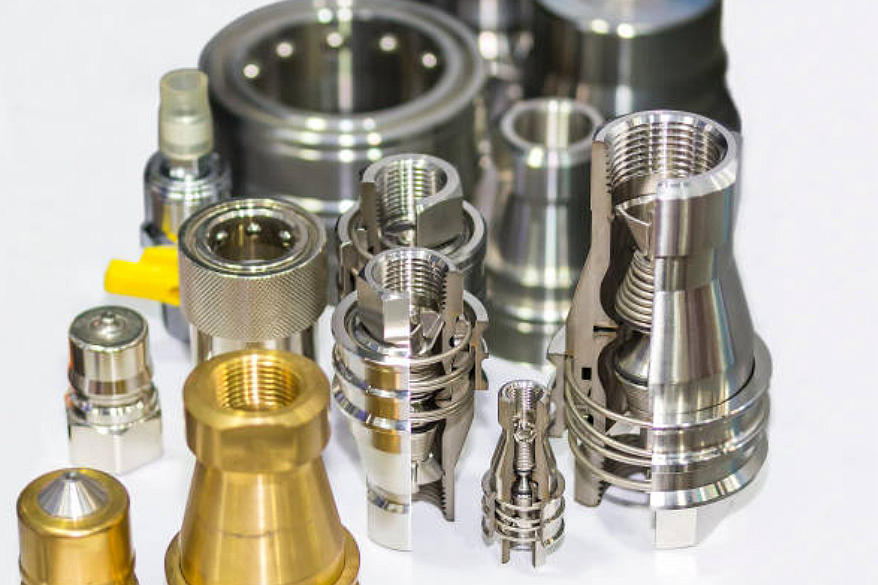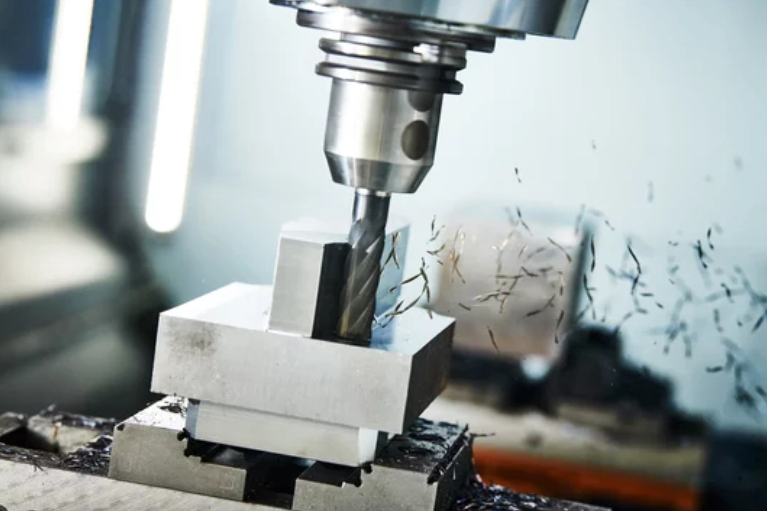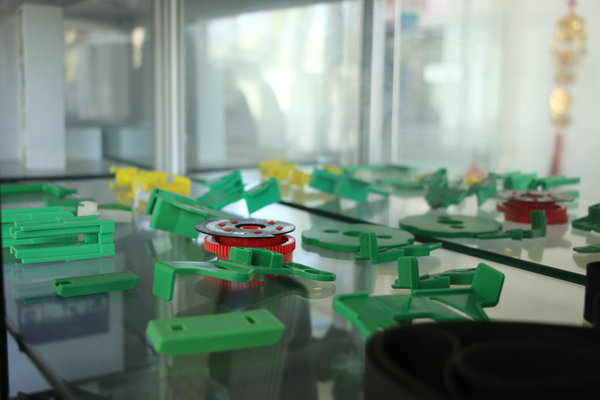What types of surface finishes can be achieved with CNC milling?
CNC milling is a versatile manufacturing process known for its precision and ability to create complex geometries. One crucial aspect that significantly impacts the final product's functionality and aesthetics is the surface finish. Surface finishes are not just about looks; they also affect performance, durability, and wear resistance. In this blog, we will explore the various types of surface finishes achievable with CNC milling, their applications, and how they can be tailored to meet specific requirements.
As-Milled Finish
Description: The as-milled finish is the default surface finish after the CNC milling process. It retains the tool marks and patterns from the cutting tools.
Surface Roughness: Typically between Ra 3.2 μm to Ra 6.3 μm.
Applications: Suitable for internal components or parts where surface aesthetics are not critical. Common in prototyping and functional testing.
Pros:
Cost-effective as it requires no additional processing.
Good for functional prototypes.
Cons:
Visible tool marks.
Not suitable for aesthetic or high-wear applications.
Considerations: When utilizing an as-milled finish, it is essential to consider the end-use of the part. For internal components where appearance is secondary to function, this finish is ideal. However, for visible or high-precision parts, further finishing might be necessary to meet visual or performance standards.

Smooth Finish
Description: Achieved by using finer cutting tools and higher spindle speeds to reduce tool marks and create a smoother surface.
Surface Roughness: Typically between Ra 1.6 μm to Ra 3.2 μm.
Applications: Ideal for parts that require a moderate level of smoothness, such as housings, brackets, and certain automotive components.
Pros:
Improved aesthetics compared to as-milled finish.
Suitable for a wider range of applications.
Cons:
Slightly higher cost due to finer tooling and increased machining time.
Considerations: This finish strikes a balance between cost and aesthetics. It is suitable for parts that are visible or have moderate contact with other surfaces. The improved smoothness can reduce friction and wear in some applications.
Bead Blasting
Description: Involves propelling abrasive media at the surface to create a uniform, matte finish.
Surface Roughness: Typically between Ra 1.6 μm to Ra 3.2 μm.
Applications: Common in consumer electronics, aerospace, and automotive industries for parts requiring a non-reflective, aesthetically pleasing finish.
Pros:
Creates a uniform matte finish.
Hides minor surface imperfections.
Cons:
Additional processing step.
Not suitable for high-wear applications.
Considerations: Bead blasting is an excellent choice for parts requiring a consistent, matte appearance. It can enhance the grip and reduce glare, making it suitable for handheld devices and other consumer products.
Anodizing
Description: An electrochemical process that creates a corrosion-resistant oxide layer on the surface, available in various colors.
Surface Roughness: Can vary but typically around Ra 1.6 μm.
Applications: Widely used in the aerospace, automotive, and consumer electronics industries for both protective and decorative purposes.
Pros:
Enhances corrosion resistance.
Provides aesthetic color options.
Cons:
Increases production cost.
Requires careful handling to avoid damage to the coating.
Considerations: Anodizing not only improves the aesthetic appeal but also enhances the durability and lifespan of the part by providing a protective layer. It's particularly useful for parts exposed to harsh environments or frequent handling.
Polishing
Description: Involves mechanical, chemical, or electrochemical processes to achieve a high-gloss, reflective finish.
Surface Roughness: Typically between Ra 0.4 μm to Ra 1.6 μm.
Applications: Used in industries where appearance and smoothness are crucial, such as medical devices, automotive, and luxury goods.
Pros:
Achieves a mirror-like finish.
Enhances aesthetic appeal.
Cons:
Time-consuming and costly.
May not be suitable for all materials.
Considerations: Polishing is often reserved for high-end or precision applications where surface quality is paramount. It can significantly enhance the visual appeal and smoothness, making it suitable for decorative parts and components requiring minimal friction.
Powder Coating
Description: A dry finishing process that applies a free-flowing, thermoset or thermoplastic powder to the surface, which is then cured under heat.
Surface Roughness: Typically around Ra 3.2 μm.
Applications: Used for protective and decorative purposes in automotive, appliance, and furniture industries.
Pros:
Durable and resistant to chipping, scratching, and fading.
Wide range of color and texture options.
Cons:
Additional processing step.
Requires precise application to avoid uneven coating.
Considerations: Powder coating provides a robust and attractive finish that can withstand rough handling and exposure to the elements. It is ideal for parts that need both durability and visual appeal, such as automotive components and outdoor equipment.
Conclusion
Choosing the right surface finish for your CNC-milled parts is crucial for meeting both functional and aesthetic requirements. Factors such as material type, application, and budget will influence the best finish for your project. At Neway, we specialize in providing tailored surface finishing solutions to meet your specific needs. Whether you need a functional prototype with a basic as-milled finish or a high-end product with a polished, anodized, or powder-coated finish, we have the expertise and technology to deliver.
For more information or to discuss your specific project requirements, contact us at Neway. Let us help you achieve the perfect finish for your next CNC milling project.



